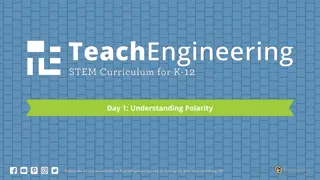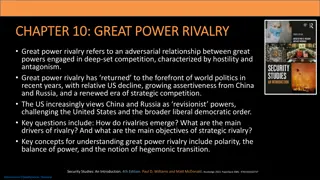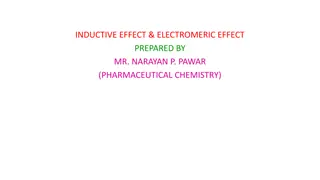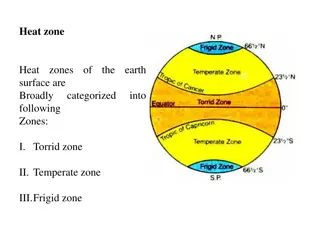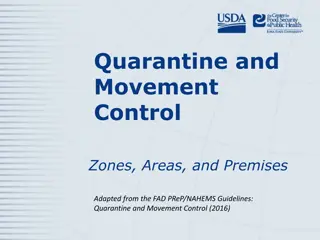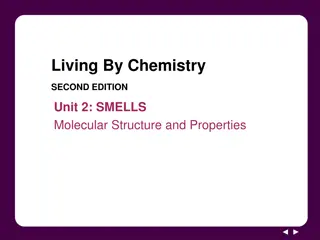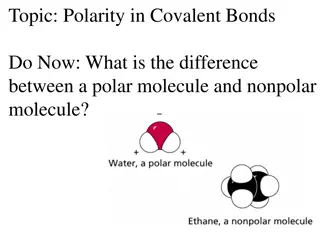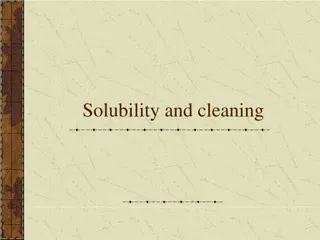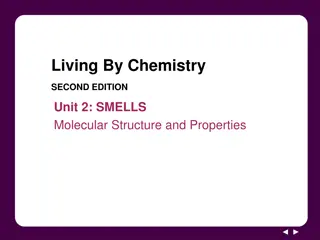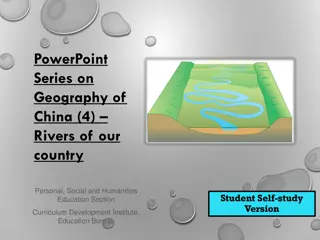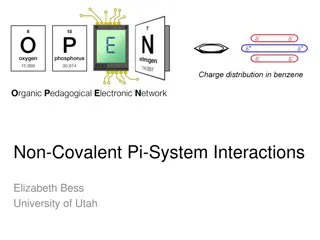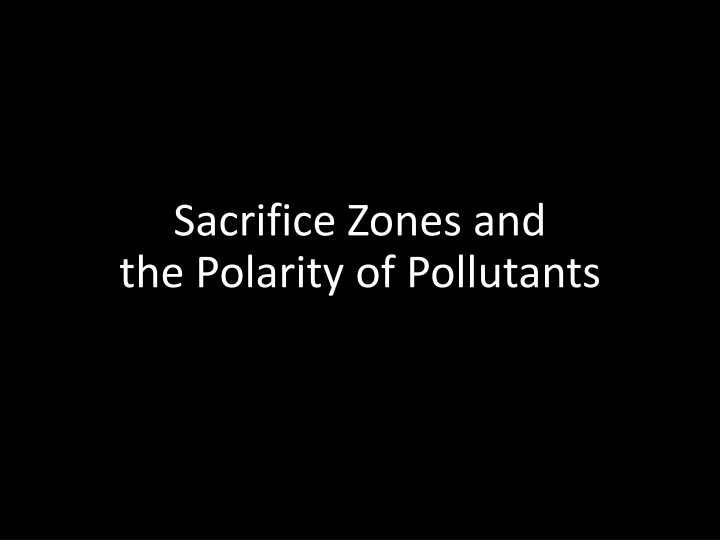
Civic Engagement in Environmental Advocacy
Explore the significance of civic engagement in addressing environmental challenges, focusing on examples of advocacy and education. Discover the role of citizens in promoting awareness, influencing policy, and driving change towards a sustainable future.
Download Presentation

Please find below an Image/Link to download the presentation.
The content on the website is provided AS IS for your information and personal use only. It may not be sold, licensed, or shared on other websites without obtaining consent from the author. If you encounter any issues during the download, it is possible that the publisher has removed the file from their server.
You are allowed to download the files provided on this website for personal or commercial use, subject to the condition that they are used lawfully. All files are the property of their respective owners.
The content on the website is provided AS IS for your information and personal use only. It may not be sold, licensed, or shared on other websites without obtaining consent from the author.
E N D
Presentation Transcript
Sacrifice Zones and the Polarity of Pollutants
Case Study: The Sacrifice Zone As we watch the documentary (32 minutes), write down and be prepared to share (on Nearpod): What do you already know about the chemistry that you saw in the documentary? What do you not know about the chemistry you saw in the documentary that you would like to know more about? What specific examples of civic engagement did you see in the documentary? (Use handout and your own ideas to identify these.)
Which is true of U.S. EPA regulation of toxic chemicals from industrial facilities? Why We Need Civic Engagement EPA regulation does not do any of these things!!
Civic Engagement: Public Advocacy and Education Source: https://www.propublica.org/article/toxmap-poison-in-the-air Interactive map made by ProPublica makes U.S. EPA data accessible (EPA = Environmental Protection Agency)
Examples of Civic Engagement Civic and Community Engagement Action Ideas Policy Vote Encourage or register, others to vote Contact government officials Canvassing Volunteer for a campaign Raise funds for a campaign Attend Lobby Days at state or federal capital Testify and public comment (written or in- person) Participate in city or county council meetings Run for political office Join or advise government council or task force Outreach Talk with friends or family Create PSA videos, articles, or comments for social media or publication (Medium, Tic-Toc, YouTube, Twitter, Instagram, new Wikipedia page or add to one, etc) Write an Op-Ed or Letter to the Editor Community problem solving Organize or educate your community Contact the media Protest and Demonstration Organize or join a protest Sign or organize petitions Take part or organize boycotts Participate in peaceful direct action Create art, fashion, music, or film, for protest Create or display buttons, logos, signs, stickers Volunteer Volunteer in a community organization Active member in a group or organization Participate in a fundraising run/walk/event Collect or donate food and goods Advise or Join the board of an organization
The Sacrifice Zone Documentary Let s Watch It Together!! As we watch the documentary (32 minutes), write down and be prepared to share (on Nearpod): What do you already know about the chemistry that you saw in the documentary? What do you not know about the chemistry you saw in the documentary that you would like to know more about? What specific examples of civic engagement did you see in the documentary? (Use handout and your own ideas to identify these.)
Progress made by the EPA, April 2023 Source: https://grist.org/regulation/epa-chemical-plants-pollution-cancer/
Central Chemistry Concepts Like dissolves like polar-polar: polar molecules interact strongly with other polar molecules (ex: H2O and NH3) nonpolar-nonpolar: nonpolar molecules interact strongly with other nonpolar molecules (ex: oils, dioxins, fatty acids; nonpolar pollutants accumulate in fatty tissues of your body, which contain non-polar molecules) nonpolar-polar: nonpolar molecules do not interact strongly with polar molecules; ex: oil (nonpolar) and water (polar) don t mix
Molecular Polarity and Health Effects nonpolar molecules Benzene, dioxins, and PFBA are persistent organic pollutants (POPs) Why do they persist in the environment and our bodies? Not reactive (double bonds) Build up in animal tissues over time (bioaccumulation) Image source: Socratic.org (https://socratic.org/questions/how-does-the-strength-of-a-covalent-bond-relate-to-its-length-1)
Molecular Polarity and Health Effects nonpolar molecules like dissolves like POPs are lipid soluble ; accumulate in adipose tissues (fatty tissue under skin, around organs, in bone marrow and breast tissue, between muscles) Image source: Reassessing human adipose tissue, 2022, The New England Journal of Medicine
Molecular Polarity and Health Effects Benzene and dioxins are nonpolar molecules; like dissolves like Fatty acid tail in lipid molecule (nonpolar) Image source: Reassessing human adipose tissue, 2022, The New England Journal of Medicine
Molecular Polarity and Health Effects nonpolar molecules Benzene, dioxins, and PFBA are persistent organic pollutants (POPs) What are the health effects? dioxins: reproductive/developmental problems, cancer, damages immune system, interfere with hormones benzene: cancer (especially leukemia), damage to immune system, reproductive/development problems PFBA: cancer, endocrine disruption, puberty, liver and immune system damage, and thyroid changes

